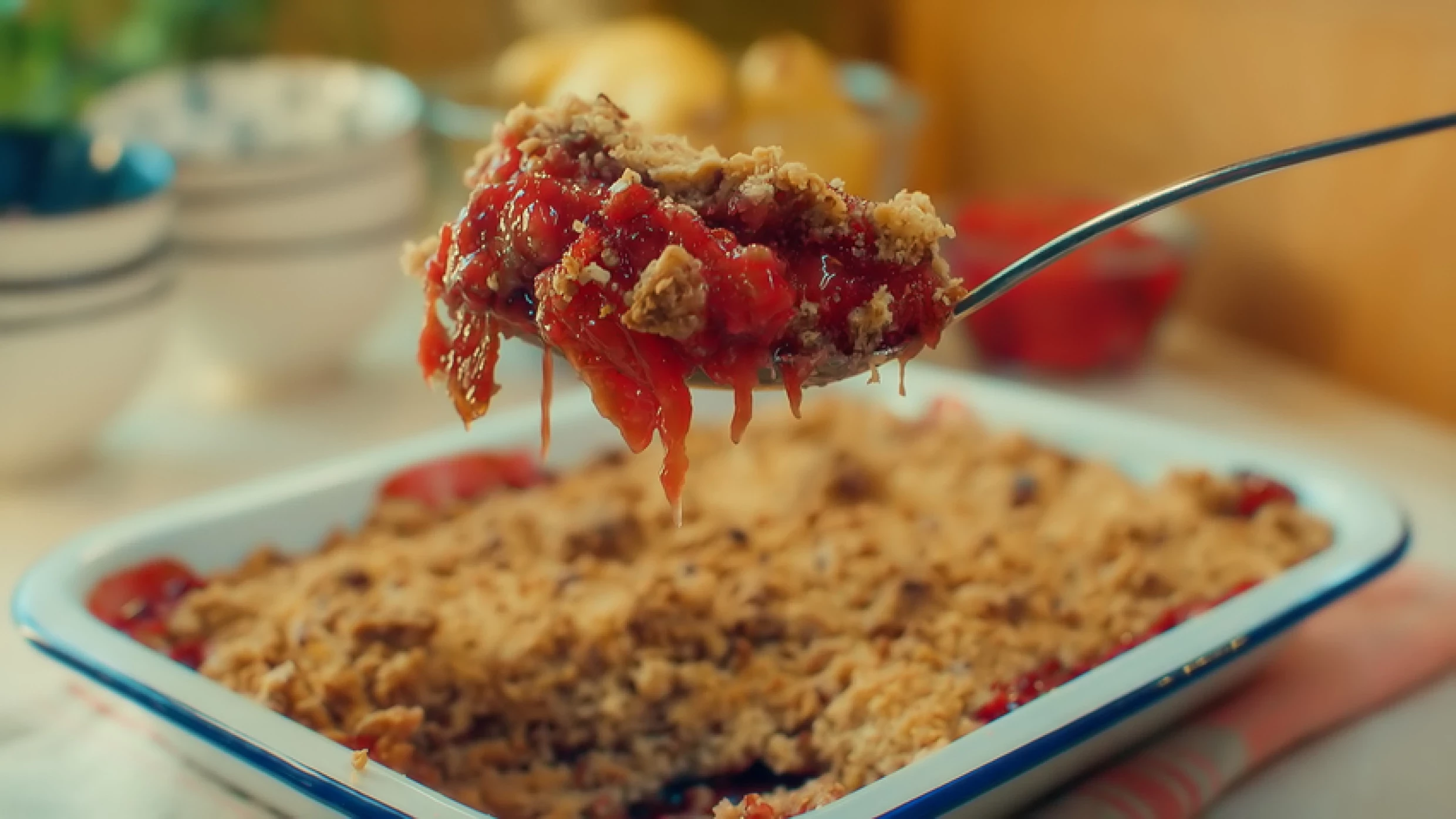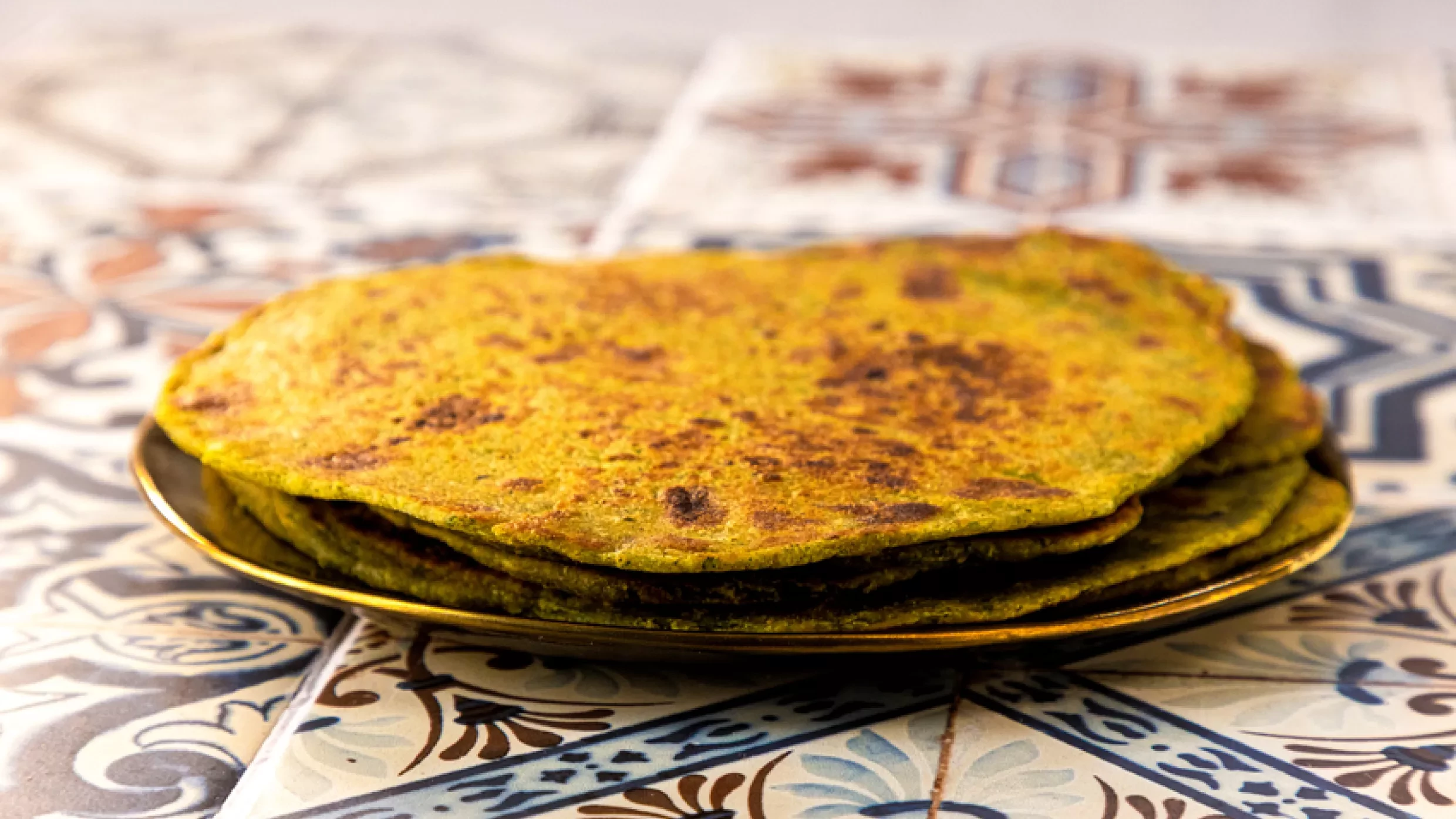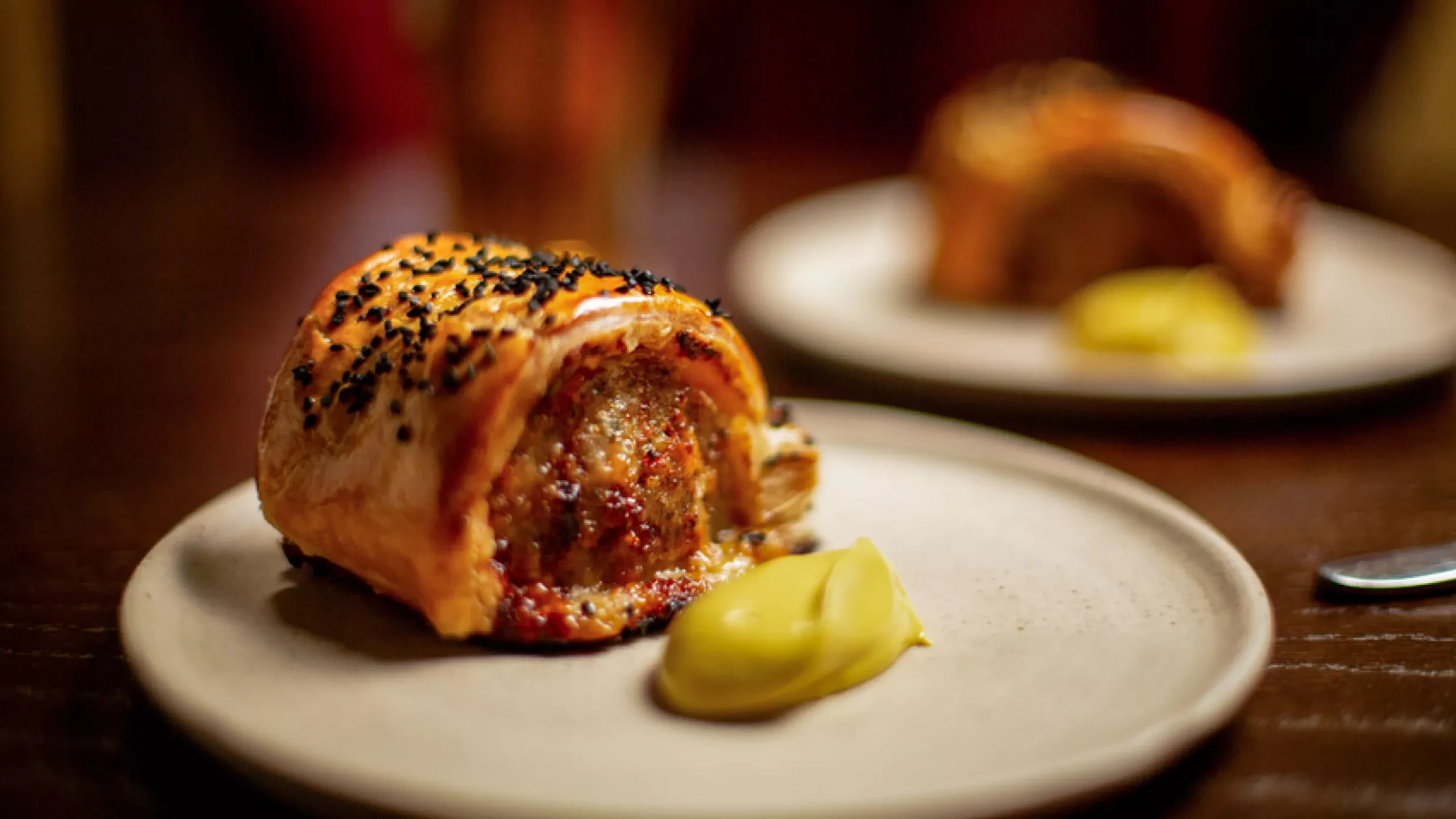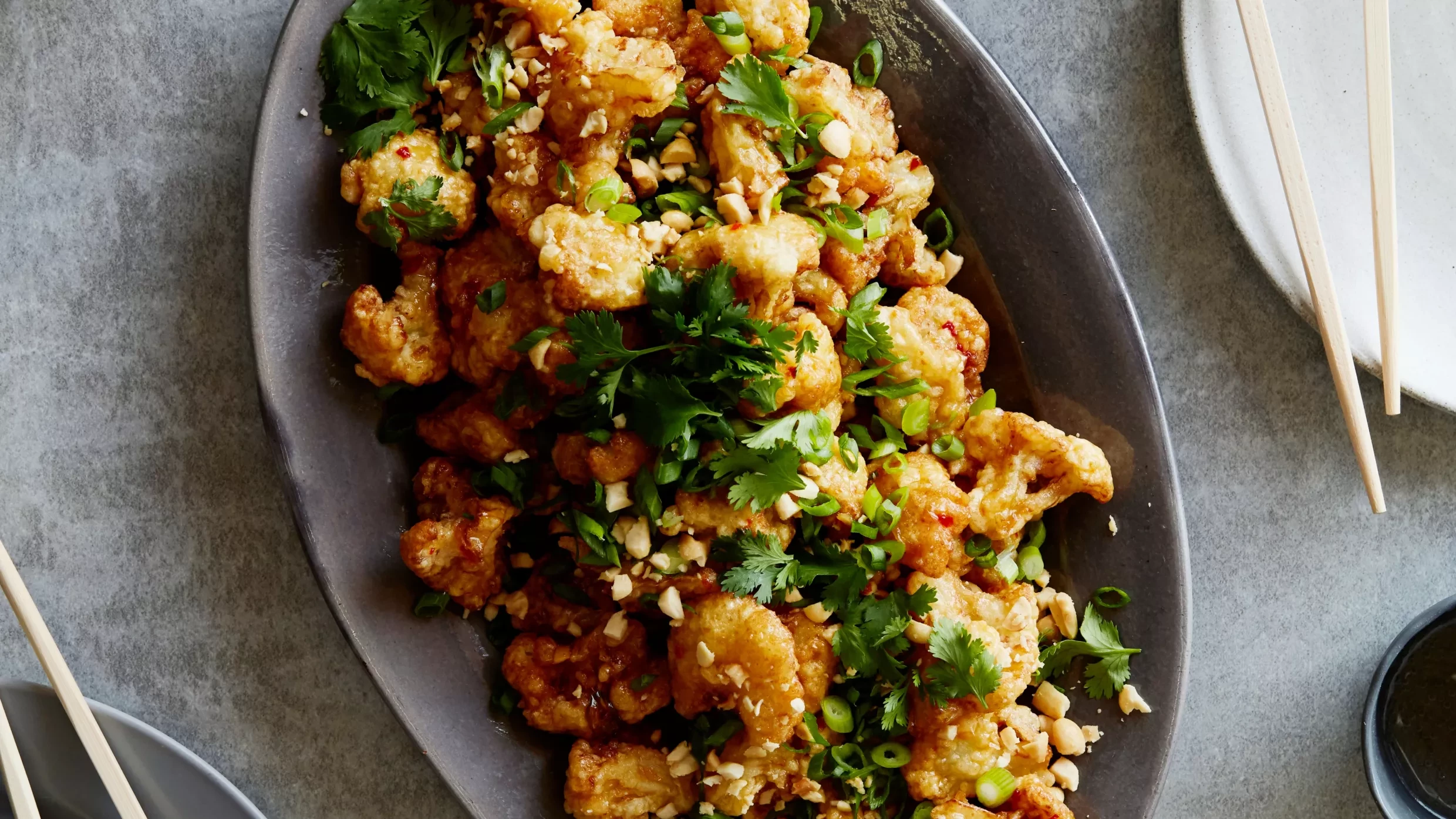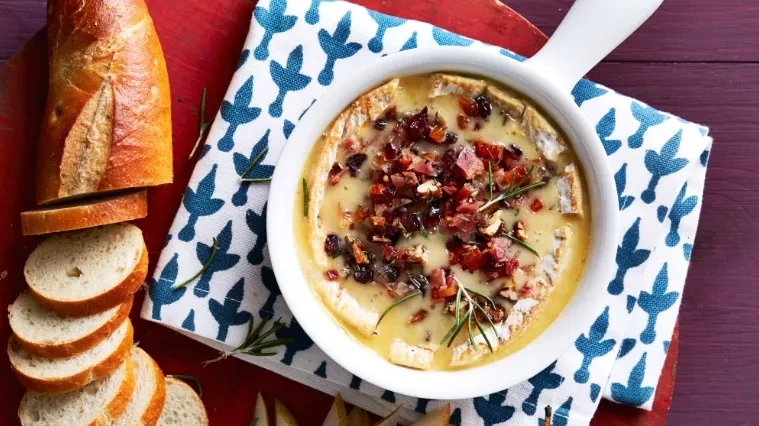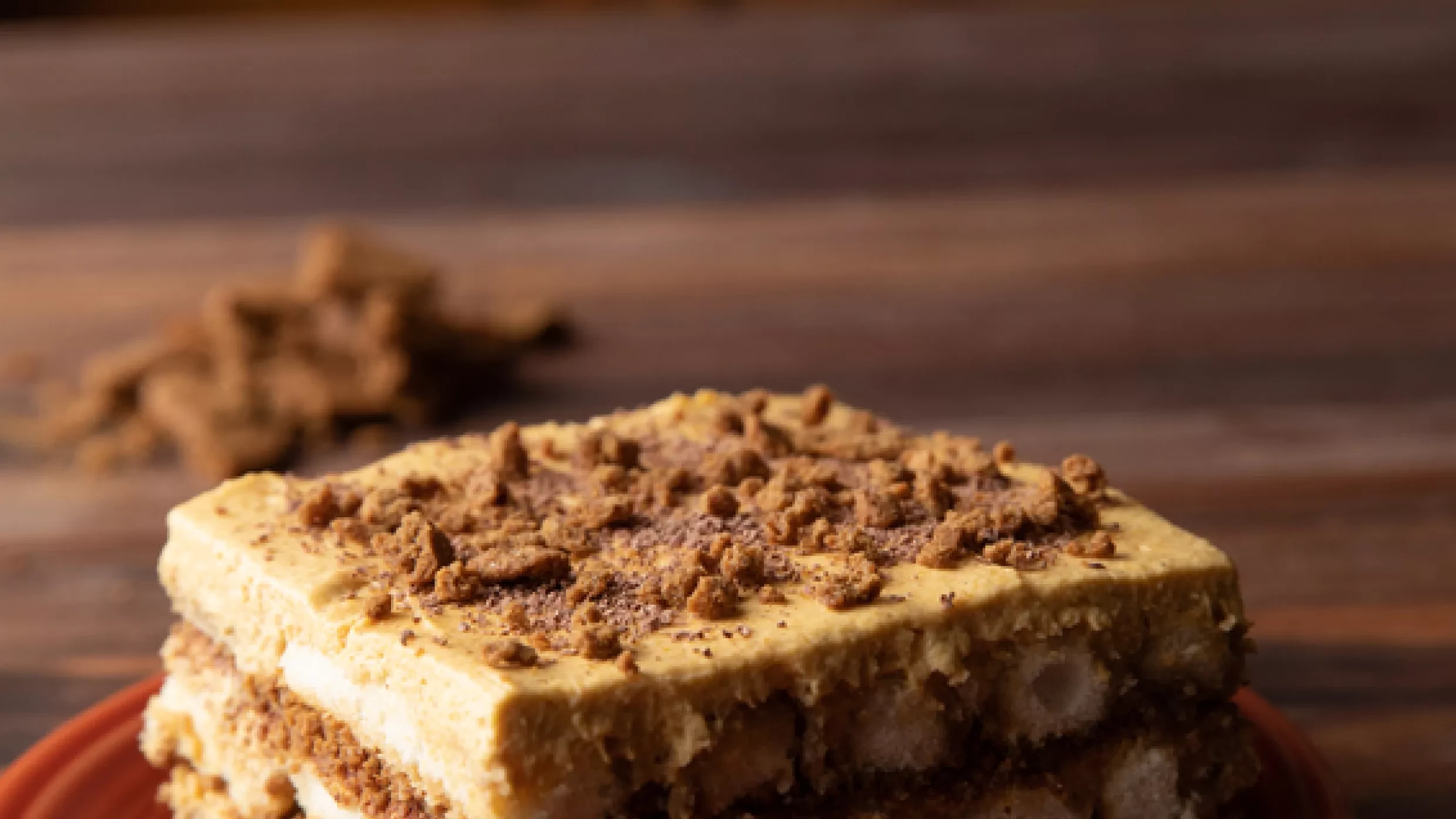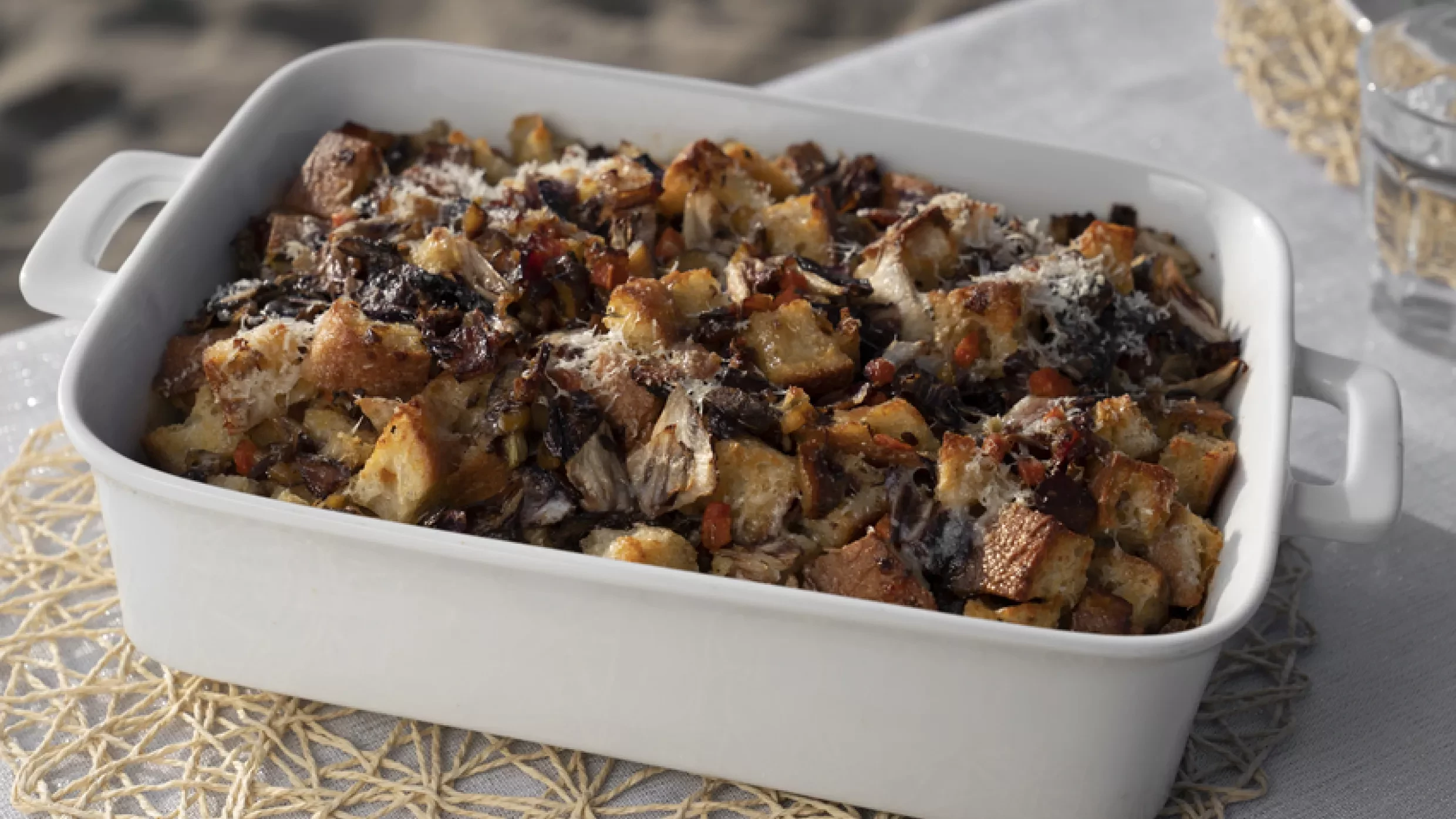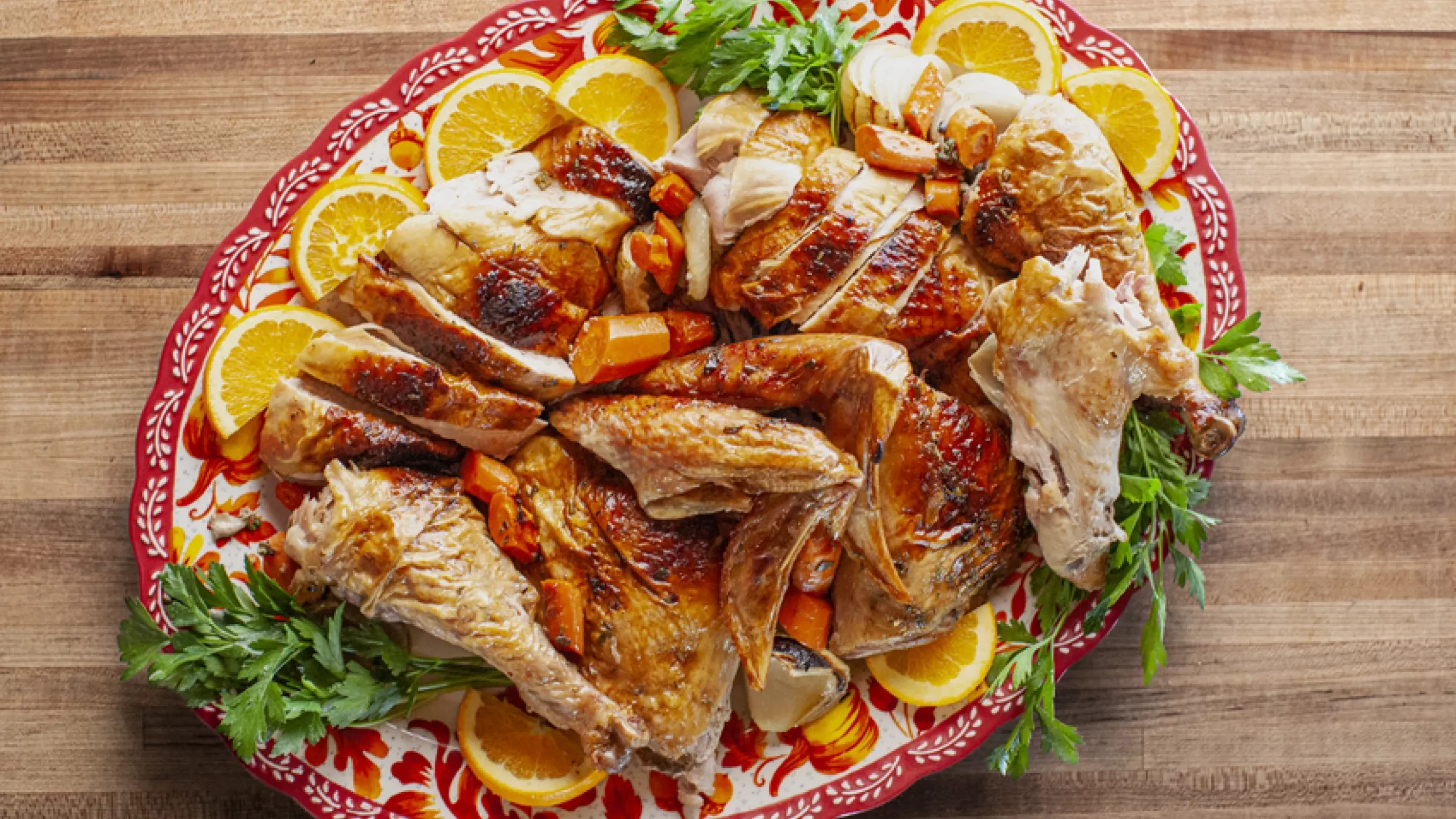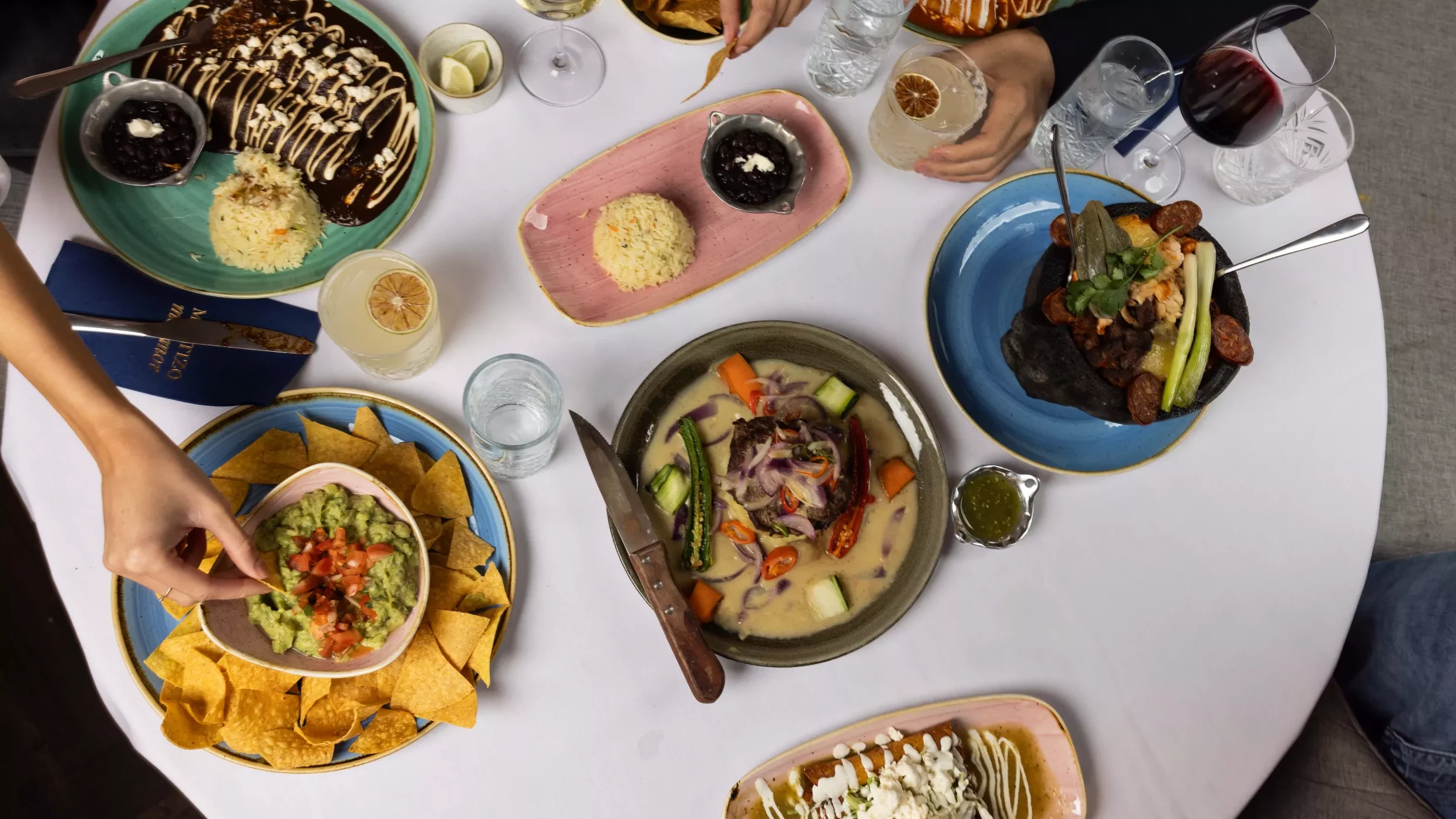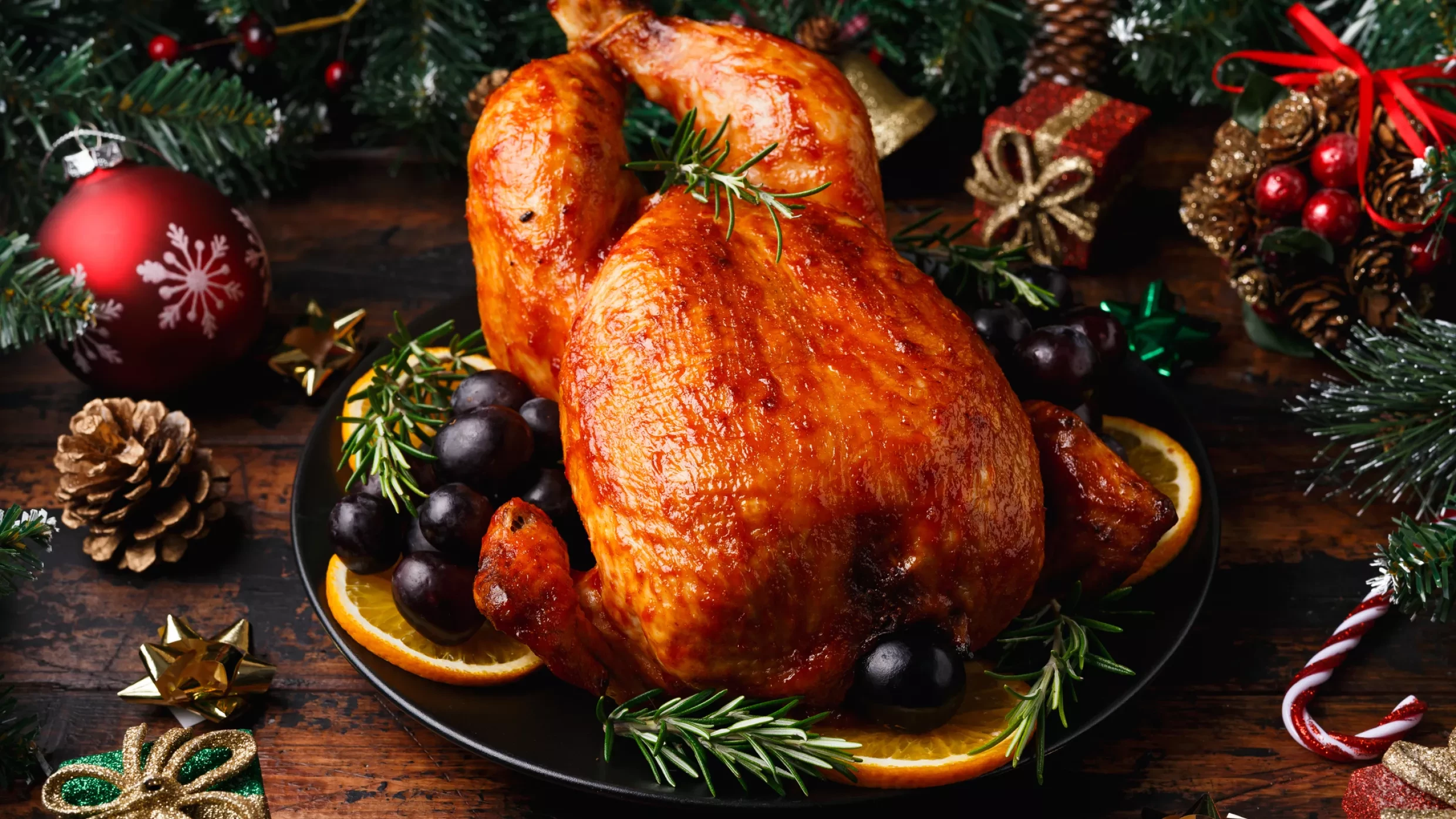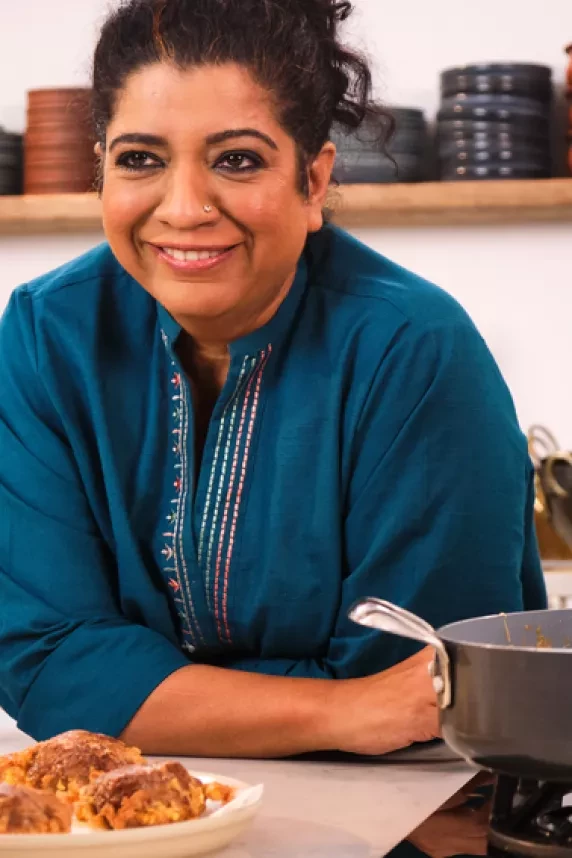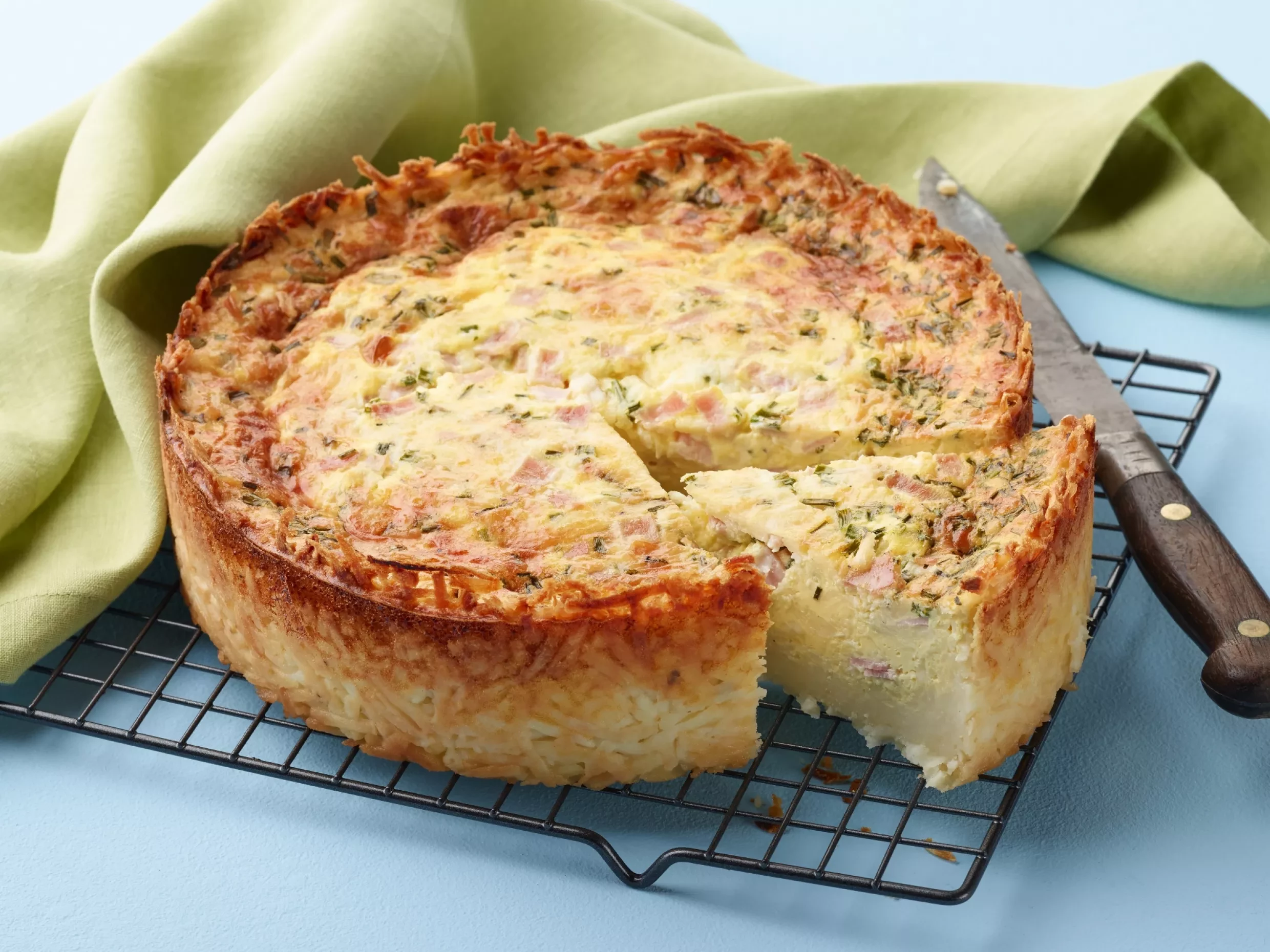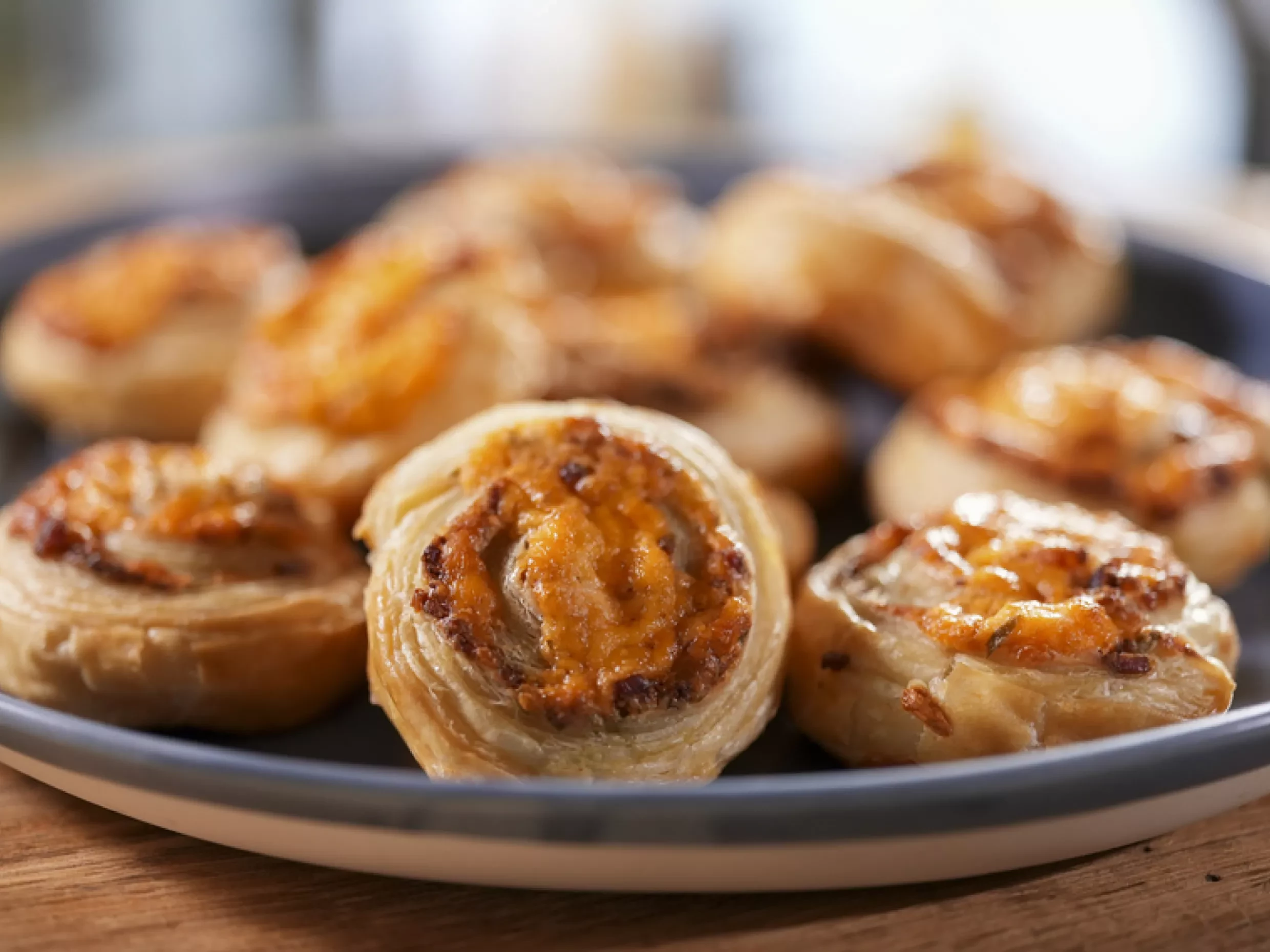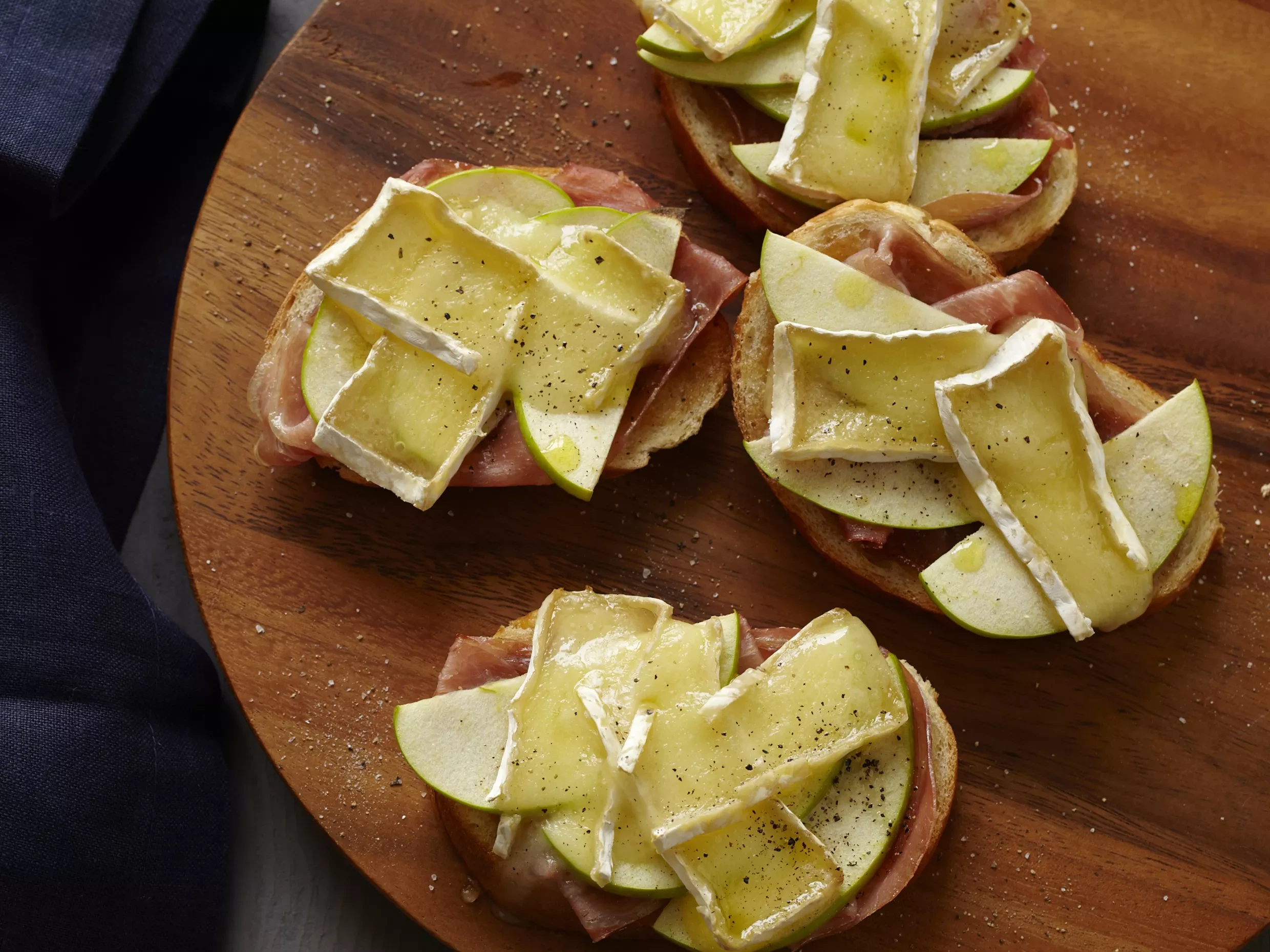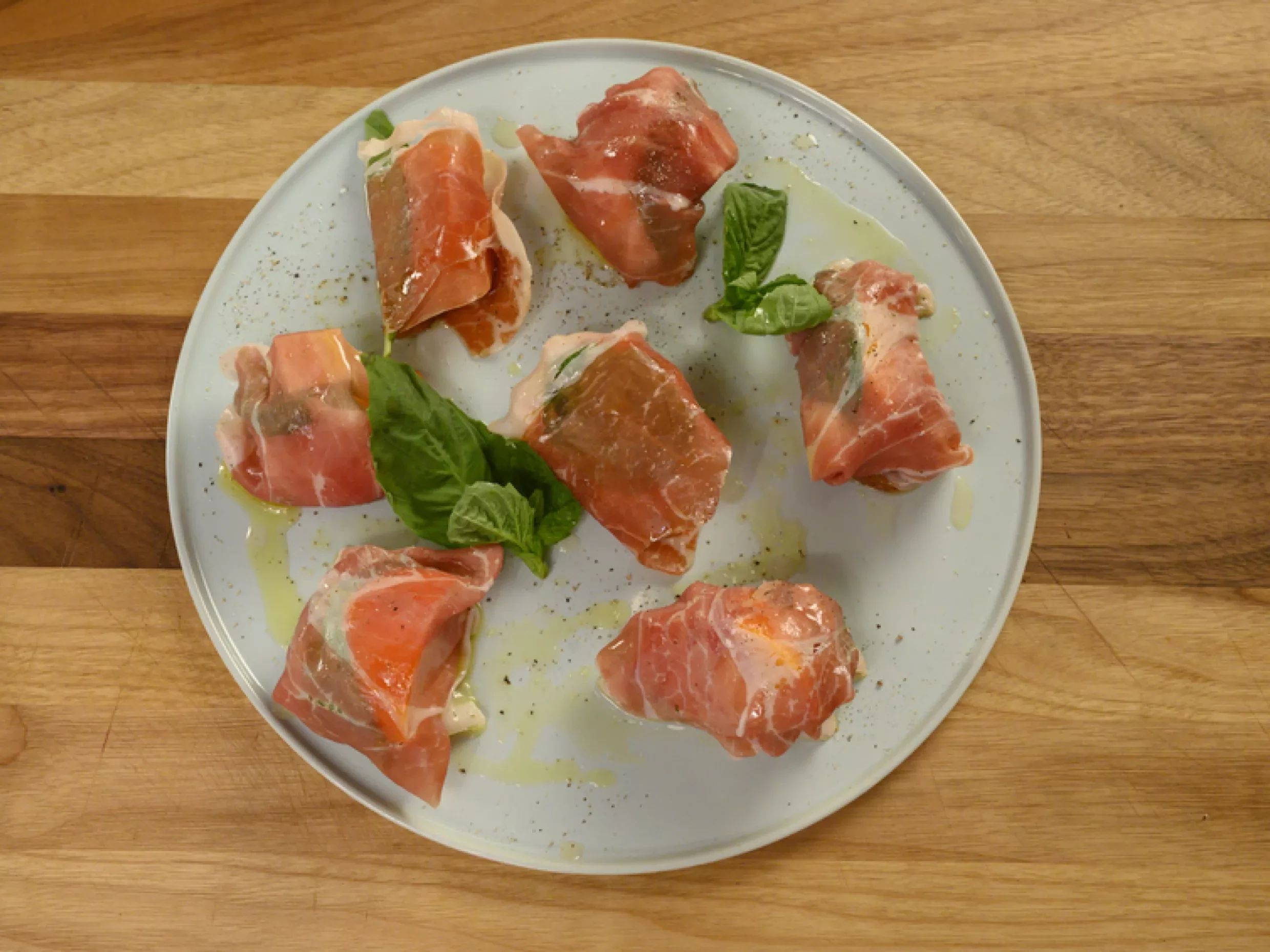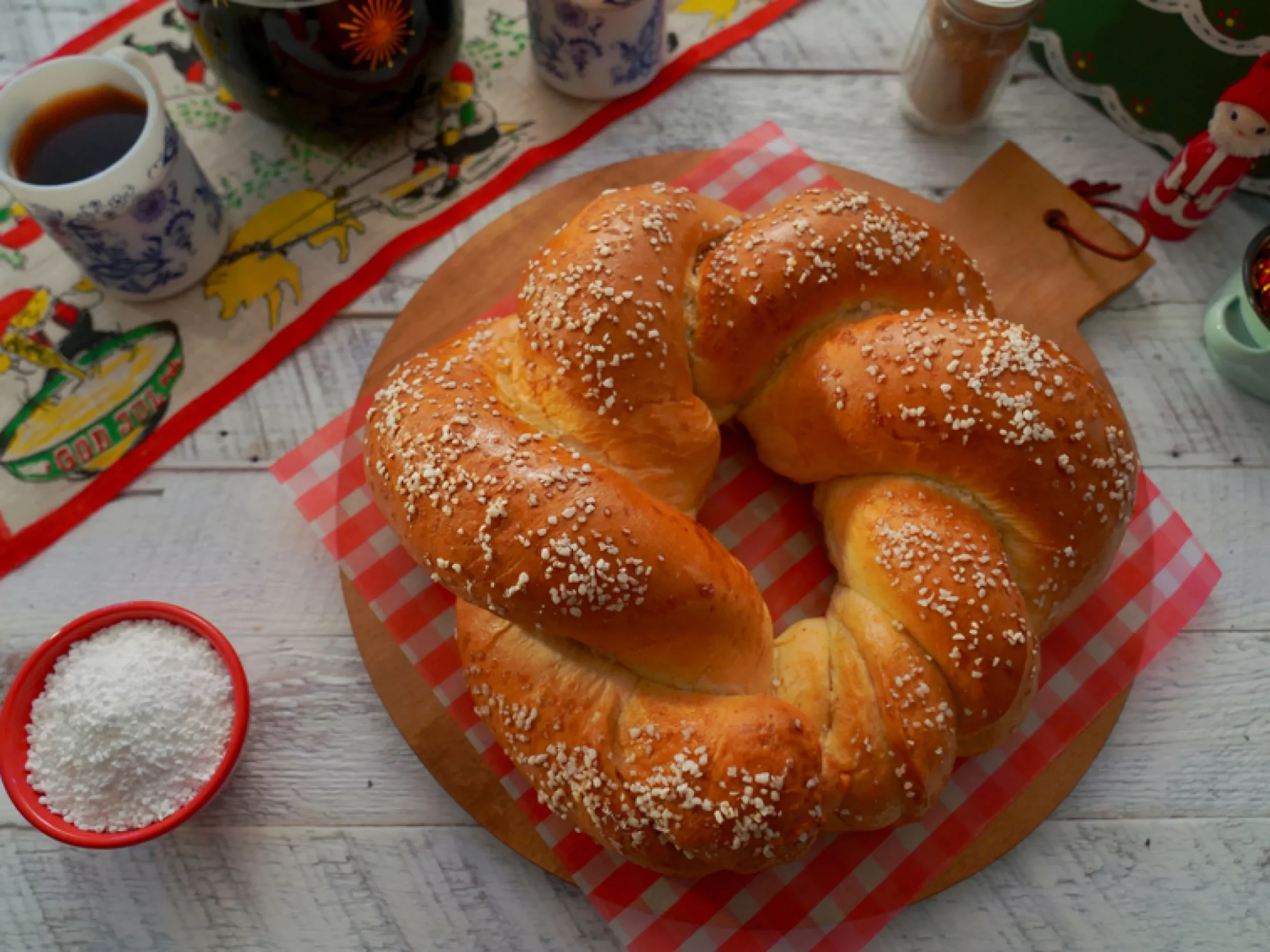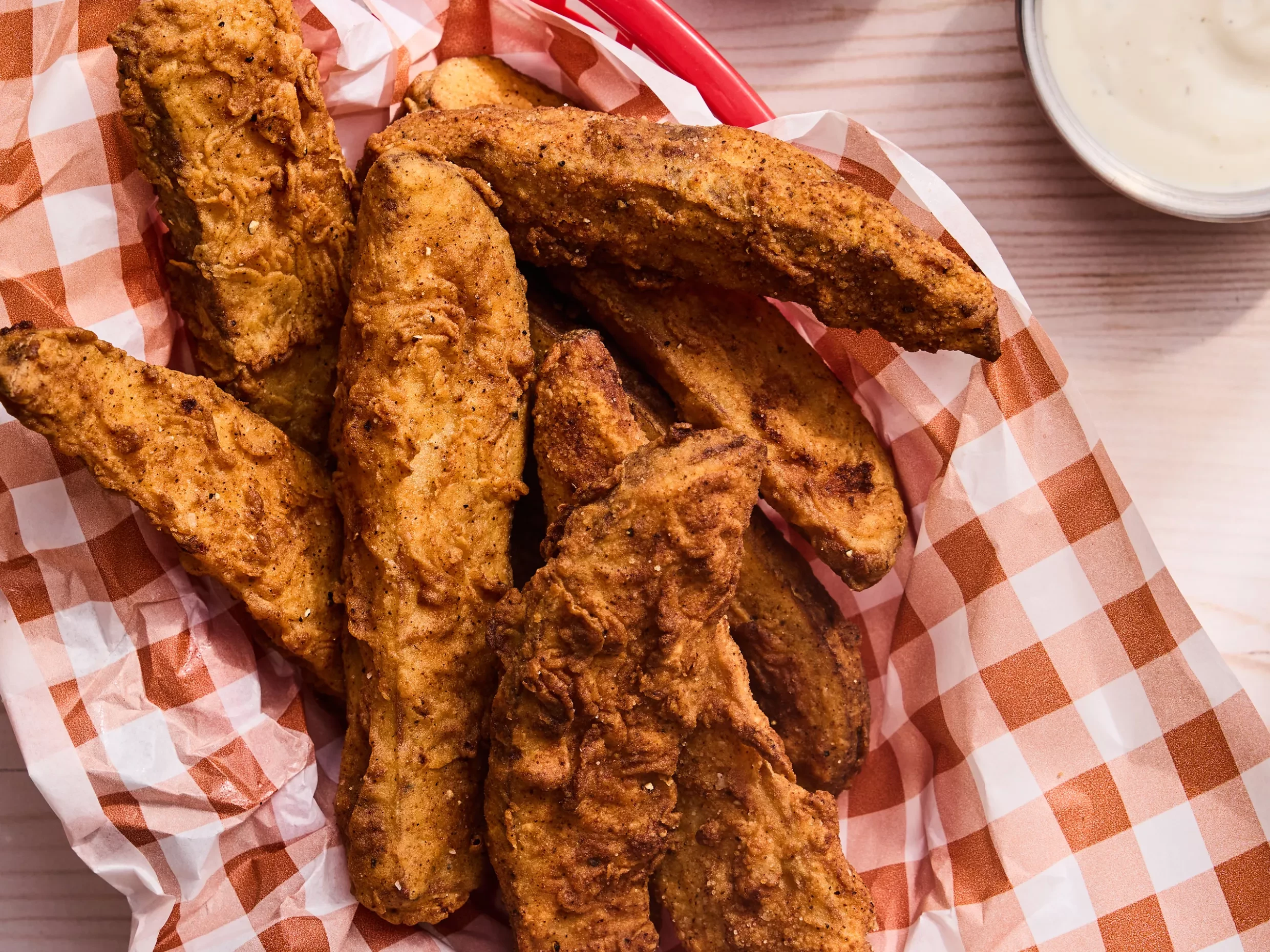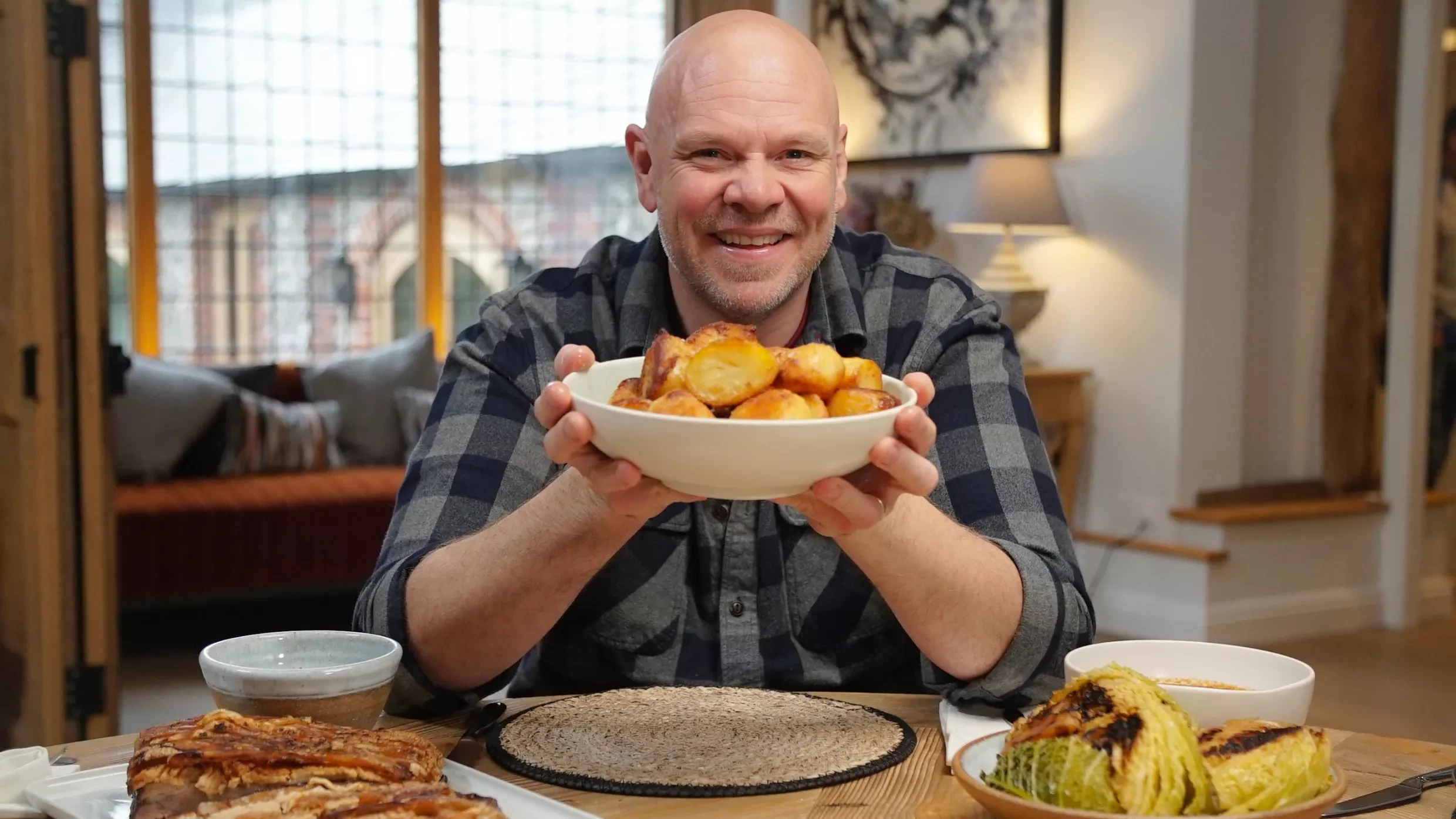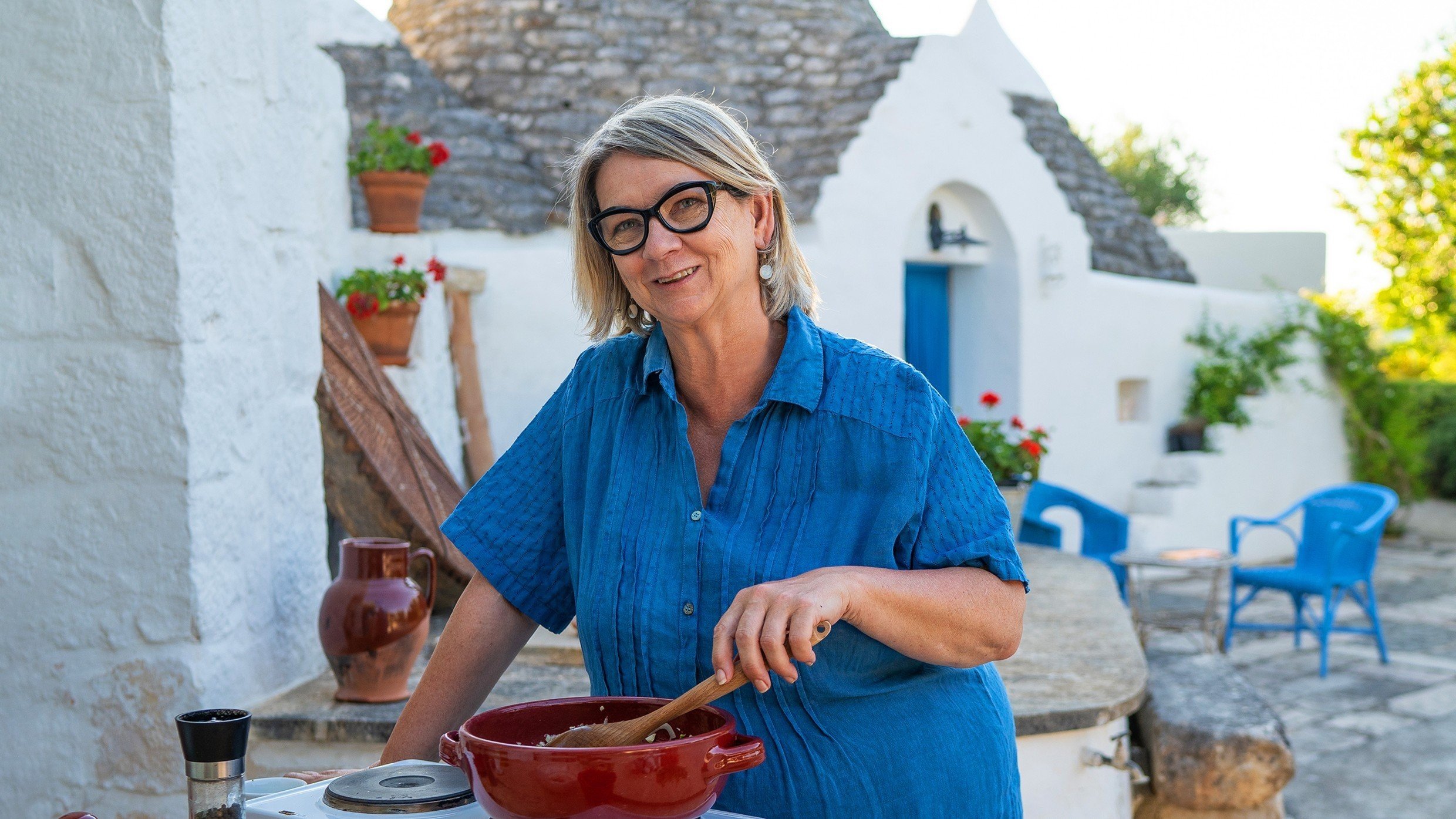Rachel Khoo's Pan-fried dumplings


Ingredients
For the dough
For the filling
Equipment
Method
Instructions
Tip the flour into a bowl and make a well in the centre. Pour in the just boiled water and stir together till you have a very crumbly, lumpy dough. Knead until it comes together into a ball. If the dough is very dry add a tablespoon of water. Transfer the dough to a flour-dusted work surface and knead for about 5 minutes until the dough is smooth and springs back when touched.
Roll the dough in a little flour and place it in a freezer bag. Seal the bag and leave it to rest at room temperature for at least 15 minutes. Prepare the filling. Finely chop the leftover Sunday roastand spinachand mix together with the grated cheese.
Lightly dust the work surface and a large plate with flour. Divide the rested dough into quarters. roll one quarter into a long rectangle about 5cm wide and 3mm thick. Place a heaped teaspoon of the filling 2.5cm from the end and fold the end over to coverthe filling. Press down firmly, making sure to press out any air pockets. Use the biscuit cutter to cut out a half-moon shape and trim the excess pastry. Place the ravioli on the plate dusted with flour. Repeat with the rest of the dough and filling, squeezing together the leftover bits of dough and rerolling.
Heat the oil in a large non-stick pan until smoking hot, then add the ravioli in batches. Turn down the heat and cook for 2 minutes or until the base of each is golden. Add 150ml water, cover with the lid and cook for 8 minutes until the water evaporates. Serve immediately.
You can serve these just as they are, or garnish with some spring onion, sliced on a bias, and a little chilli sauce.
Tips
- You can use plain flour here or ‘00’ pasta flour if that’s what you have. 00 is very finely milled. In Italy, a single 0 flour is quite coarse in texture, like very powdery semolina, whereas triple zero is much finer like cornstarch. But everyday flour is usually classed as double zero, or ‘00’.
- Kneading the dough rigorously is really important here, and key to getting a supple and silky dough. You’ll know when it’s been kneaded properly as it’ll be pleasingly smooth to the touch when you press it with the tip of your finger the indent will bounce back leaving just a slight indentation.
- No salt is added to the dough here as it attracts moisture, causing white spots on the dough. This is why it’s best to season the pasta via very salted boiling water when it comes to cooking it. And seasoningthe filling well as opposed to the dough helps too.
- It’s important to finely mince up (with a knife is fine) the filling for the dumplings otherwise you will likely trap air in the inside the dumpling. The air expands while cooking and can cause the dumpling to burst.
- Resting dough is really important to relax the gluten. It will make it much easier to roll out.
- I use just a rolling pin to roll this out as it’s much easier to work with than pasta dough as the flour is more hydrated and elastic, while fresh egg pasta is traditionally just enriched with eggs.
- Getting the temperature perfectly correct for cooking the base of the dumplings can be tricky, so sneak a look at the base of one while after a minute or so, they can catch quite quickly.

